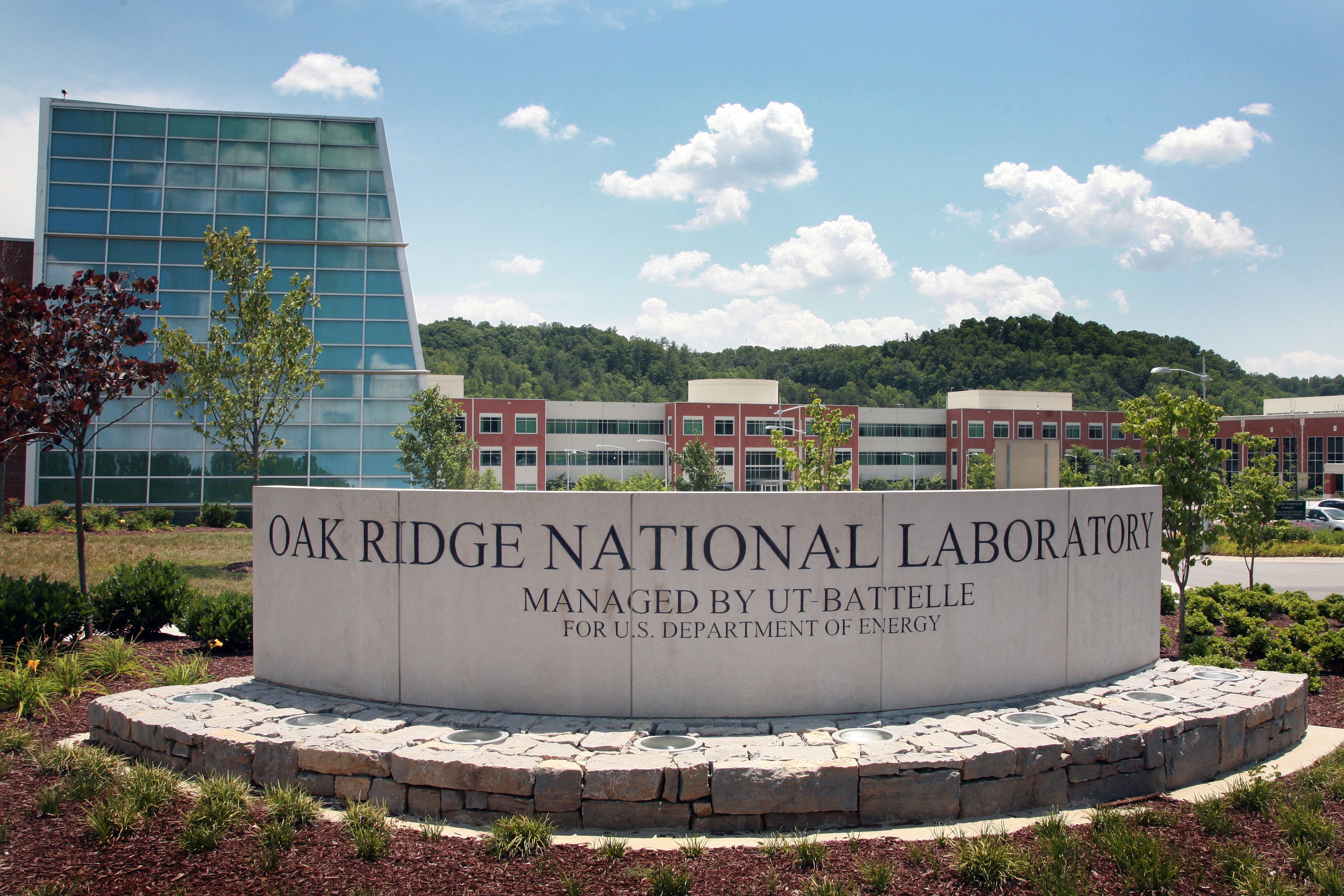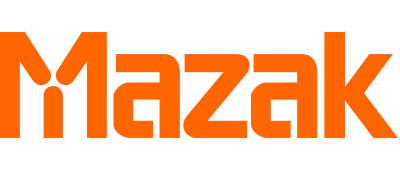
Continuing collaborative efforts for the technological advancement of manufacturing processes, Florence, Kentucky-based Mazak Corp. and Oak Ridge National Laboratory’s (ORNL) manufacturing demonstration center in Oak Ridge, Tennessee, have entered into a cooperative research and development agreement (CRADA). Working on behalf of the U.S. Department of Energy, ORNL and Mazak will further develop the use of hot wire deposition (HWD) in additive manufacturing part production operations.
The project addresses Mazak’s hybrid multitasking HWD technologies as a commercially viable solution which, upon completion, will result in a closed-loop control system featuring the ability to make on-the-fly adjustments according to sensor feedback during the HWD builds. Such in-process adjustability will further ensure the consistency, quality and reliability of HWD additive technolog.
Specific applications include the repair of turbine blades and other high-wear parts such as engine blocks, cylinder heads and molds and dies. With the ability to build up worn or damaged parts and re-finish them on the same machine, manufacturers can increase the working lives of those parts and avoid the cost of producing new ones.
In operation, the closed-loop system will monitor and control the HWD melt pool temperature. As new layers are formed/built, temperatures of the initial layers cool as more layers are built above them. Conversely, as the HWD build continues, overall process heat levels also gradually increase as compared with those at the start of the build. For both scenarios, the control system will vary the laser intensity – higher or lower – to maintain consistent temperatures.
Through their collaborative research, Mazak and ORNL plan to generate an HWD process guide that will provide parameters for not only the process itself, but also for different metals. Mazak will then incorporate these parameters as a database into the control of the machine tool to automate the HWD process.
Mazak developed its initial hybrid HWD technology in partnership with Lincoln Electric. The two companies collaborated to combine Lincoln’s HWD process to that of Mazak’s multitasking subtractive (conventional machining) manufacturing technology. While Lincoln Electric can grow parts, their system is unable to finish the part. Mazak’s VC 500A/5X HWD machine uses a laser head to grow part features, then exchanges that head for a milling one to finish machine the feature to specifications and generate a smooth surface finish to complete the part.
The machine’s hot wire laser cladding head incorporates an automatic wire feeder system that feeds welding wire to an Argon gas nozzle. The head delivers a deposition rate of three to four pounds per hour with a 98 percent material utilization rate.
The VC-500A/5X HWD has a trunnion-style rotary/tilt table for the accurate, cost-effective processing of small complex parts via full 5-axis machining. The machine also features the Mazatrol SmoothX CNC and MTConnect capability that allow for easier programming and faster part cycle times – in either EIA or Mazatrol conversational language – along with digital connectivity.
Contact Details
Related Glossary Terms
- closed-loop system
closed-loop system
CNC system in which the program output, or the distance the slide moves, is measured and compared to the program input. The system automatically adjusts the output to be the same as the input.
- computer numerical control ( CNC)
computer numerical control ( CNC)
Microprocessor-based controller dedicated to a machine tool that permits the creation or modification of parts. Programmed numerical control activates the machine’s servos and spindle drives and controls the various machining operations. See DNC, direct numerical control; NC, numerical control.
- gang cutting ( milling)
gang cutting ( milling)
Machining with several cutters mounted on a single arbor, generally for simultaneous cutting.
- milling
milling
Machining operation in which metal or other material is removed by applying power to a rotating cutter. In vertical milling, the cutting tool is mounted vertically on the spindle. In horizontal milling, the cutting tool is mounted horizontally, either directly on the spindle or on an arbor. Horizontal milling is further broken down into conventional milling, where the cutter rotates opposite the direction of feed, or “up” into the workpiece; and climb milling, where the cutter rotates in the direction of feed, or “down” into the workpiece. Milling operations include plane or surface milling, endmilling, facemilling, angle milling, form milling and profiling.

